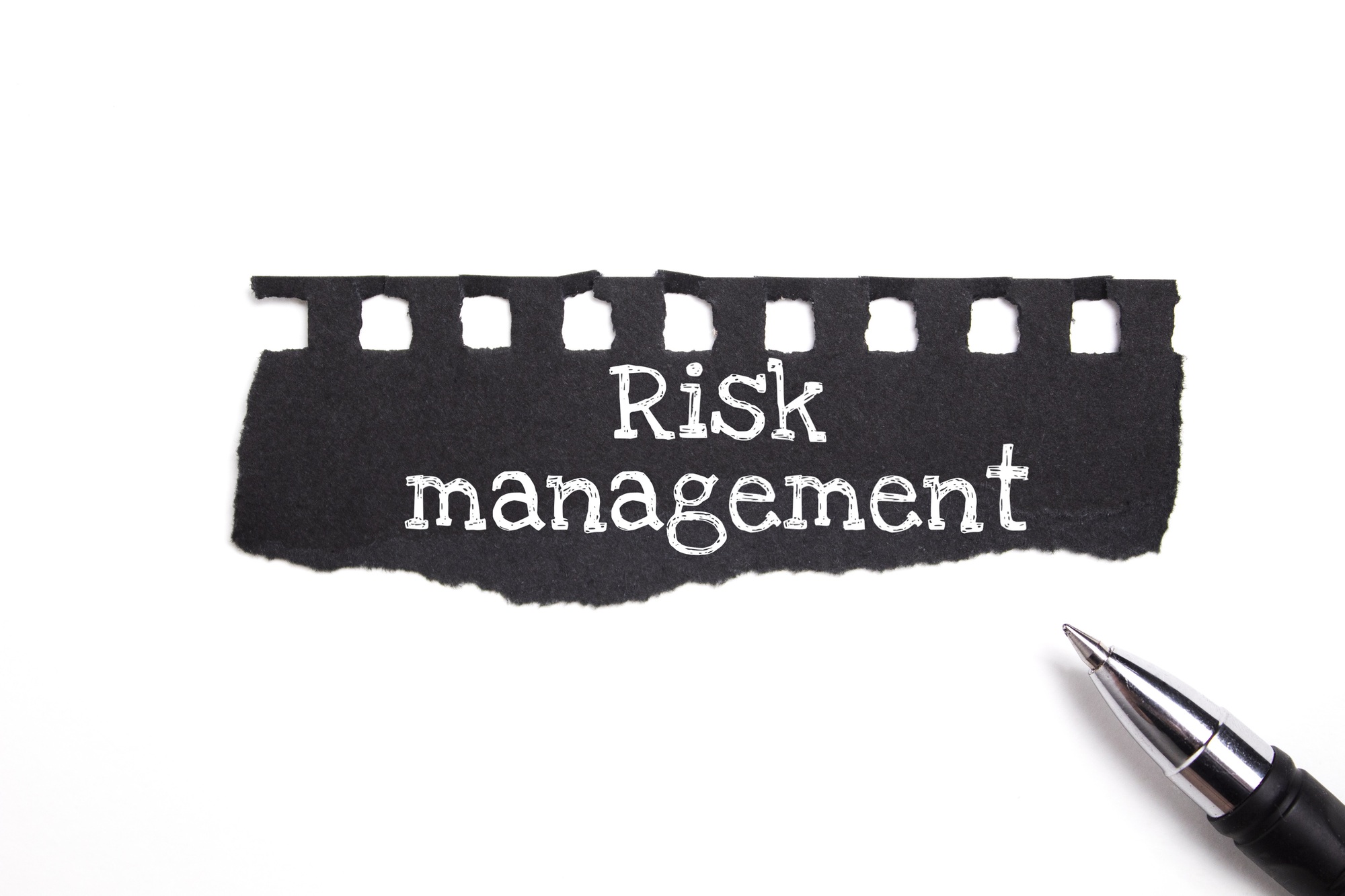Trading in financial markets, whether it’s Forex, stocks, or cryptocurrencies, offers the potential for significant profits. However, it also comes with inherent risks. The difference between successful traders and those who fail often boils down to one critical factor: risk management. Without a solid risk management strategy, even the most skilled traders can quickly find themselves facing devastating losses. In this blog, we’ll explore why risk management is essential, the key principles behind it, and how you can implement it to protect your trading capital and achieve long-term success.
Why Risk Management Matters
Risk management is the process of identifying, assessing, and controlling potential losses in trading. It’s not about avoiding risk altogether—after all, trading is inherently risky—but about managing risk in a way that allows you to stay in the game long enough to capitalize on profitable opportunities. Here’s why risk management is so important:
- Preserves Capital: The primary goal of risk management is to protect your trading capital. Without capital, you can’t trade. By limiting losses, you ensure that you have enough funds to continue trading and take advantage of future opportunities.
- Reduces Emotional Stress: Trading can be emotionally taxing, especially when you’re facing losses. A well-defined risk management plan helps you stay disciplined and avoid making impulsive decisions driven by fear or greed.
- Improves Consistency: Risk management helps you maintain a consistent approach to trading. By sticking to predefined rules, you can avoid the pitfalls of overtrading or taking excessive risks.
- Enhances Long-Term Profitability: While risk management may limit your potential profits in the short term, it significantly increases your chances of long-term success. By minimizing losses, you give yourself the opportunity to compound your gains over time.
Key Principles of Risk Management
To effectively manage risk in trading, you need to understand and apply several key principles. These principles form the foundation of a robust risk management strategy and can help you navigate the uncertainties of the market.
- Risk-Reward Ratio: The risk-reward ratio is a measure of the potential profit of a trade relative to its potential loss. A common rule of thumb is to aim for a risk-reward ratio of at least 1:2, meaning that for every dollar you risk, you aim to make two dollars in profit. This ensures that your winning trades outweigh your losing trades over time.
- Position Sizing: Position sizing refers to the amount of capital you allocate to each trade. A common approach is to risk no more than 1-2% of your trading capital on a single trade. This ensures that even a series of losing trades won’t significantly impact your overall account balance.
- Stop-Loss Orders: A stop-loss order is a predefined price level at which you will exit a losing trade to limit your losses. Stop-loss orders are essential for preventing small losses from turning into large ones. They also help you stick to your trading plan and avoid emotional decision-making.
- Diversification: Diversification involves spreading your capital across different trades, markets, or asset classes to reduce risk. By not putting all your eggs in one basket, you can minimize the impact of a single losing trade on your overall portfolio.
- Avoiding Overleveraging: Leverage allows you to control a larger position with a smaller amount of capital. While leverage can amplify profits, it can also magnify losses. Using too much leverage is one of the fastest ways to blow up your trading account. It’s crucial to use leverage cautiously and only when you fully understand the risks involved.
Implementing Risk Management in Your Trading
Now that we’ve covered the key principles of risk management, let’s discuss how you can implement them in your trading strategy.
- Set Clear Risk Limits: Before entering any trade, determine how much you’re willing to risk. This includes setting a stop-loss level and calculating your position size based on your risk tolerance. For example, if you have a 10,000tradingaccountandarewillingtorisk110,000tradingaccountandarewillingtorisk1100.
- Use Stop-Loss Orders Religiously: Always use stop-loss orders to protect your capital. Place your stop-loss at a level that aligns with your trading strategy and risk tolerance. Avoid moving your stop-loss further away to give a losing trade more room, as this can lead to larger losses.
- Monitor Your Trades: While it’s important to stick to your trading plan, it’s equally important to monitor your trades and adjust your risk management strategy as needed. For example, if a trade moves in your favor, you can consider moving your stop-loss to breakeven or trailing it to lock in profits.
- Keep a Trading Journal: A trading journal is an invaluable tool for tracking your trades, analyzing your performance, and identifying areas for improvement. Record details such as entry and exit points, position size, risk-reward ratio, and the rationale behind each trade. Reviewing your journal regularly can help you refine your risk management strategy and avoid repeating mistakes.
- Stay Disciplined: Discipline is the cornerstone of effective risk management. It’s easy to get caught up in the excitement of a winning streak or the frustration of a losing streak, but sticking to your risk management plan is crucial for long-term success. Avoid the temptation to deviate from your plan, even if it means missing out on a potentially profitable trade.
Common Risk Management Mistakes to Avoid
Even experienced traders can fall into the trap of making risk management mistakes. Here are some common pitfalls to watch out for:
- Not Using Stop-Loss Orders: Failing to use stop-loss orders is one of the most dangerous mistakes a trader can make. Without a stop-loss, a losing trade can quickly spiral out of control, leading to significant losses.
- Overtrading: Overtrading occurs when you take too many trades or trade with excessively large positions. This can deplete your capital and increase your exposure to risk. Stick to your trading plan and avoid the urge to trade impulsively.
- Ignoring Market Conditions: Market conditions can change rapidly, and what works in one environment may not work in another. Always consider the current market conditions when implementing your risk management strategy.
- Chasing Losses: Trying to recover losses by taking larger or riskier trades is a recipe for disaster. Accept that losses are a natural part of trading and focus on sticking to your plan.
Final Thoughts
Risk management is not just a tool—it’s a mindset. It’s about understanding that trading is a marathon, not a sprint, and that preserving your capital is more important than chasing quick profits. By implementing a robust risk management strategy, you can protect yourself from catastrophic losses, reduce emotional stress, and increase your chances of long-term success.
Remember, no trading strategy is foolproof, and losses are inevitable. However, with proper risk management, you can ensure that your losses are manageable and that you have the resilience to keep trading and achieving your financial goals. So, before you place your next trade, ask yourself: “Am I managing my risk effectively?” The answer could make all the difference.







